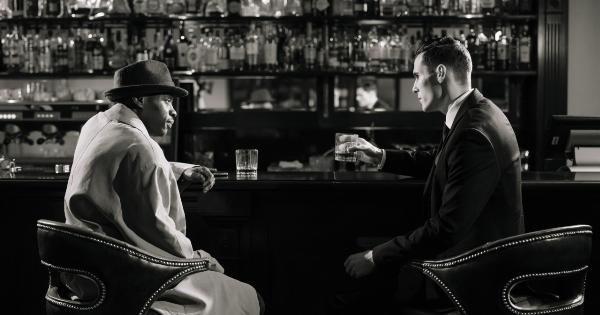Organized crime has had a long and notorious history throughout the world, with various criminal syndicates gaining notoriety for their illegal activities. Among these organizations, the mafia holds a prominent position.
The mafia, also known as La Cosa Nostra, is a secret criminal society that originated in Sicily, Italy, during the late 19th century. However, its influence quickly spread to other parts of the world, particularly the United States.
The Origins of the Mafia
The origins of the mafia can be traced back to the island of Sicily, where it initially operated as a loose association of criminal gangs. These gangs primarily focused on smuggling, extortion, and protection racketeering.
The mafia’s rise to power was fueled by the social and political unrest prevailing in Sicily, which allowed these criminal groups to exploit the existing power vacuum.
The Birth of American Mafia
The mafia’s influence extended far beyond Sicily when waves of Italian immigrants started arriving in the United States during the late 19th and early 20th centuries.
These immigrants brought their cultural roots with them, including the tightly knit hierarchical structures of the mafia. As a result, the American mafia quickly established itself as a formidable force in the country’s organized crime scene.
Al Capone: The Iconic Gangster
When discussing famous mafia members, it is impossible not to mention Al Capone. Often portrayed as the epitome of a gangster, Capone rose to power during the Prohibition era in the 1920s.
His stronghold was Chicago, where he controlled various illegal activities such as bootlegging, gambling, and prostitution. Capone was known for his flamboyant personality and the ruthless manner in which he eliminated his rivals.
Charles “Lucky” Luciano: Architect of the Modern Mafia
Charles “Lucky” Luciano is widely regarded as the architect of the modern American mafia. Luciano’s vision transformed the scattered criminal groups into a well-organized, centralized structure.
He established the National Crime Syndicate, which served as an umbrella organization for various criminal activities across the United States. Luciano’s influence extended beyond New York City, where he held significant power, and his strategies and techniques continue to shape organized crime today.
John Gotti: The Teflon Don
John Gotti gained notoriety as the boss of the Gambino crime family, one of the most powerful mafia organizations in New York City.
Known as “The Teflon Don” due to his ability to evade conviction in numerous criminal trials, Gotti became a household name in the 1980s and 1990s. His flamboyant lifestyle and public persona made him an icon, but he was eventually brought down by the efforts of law enforcement agencies.
Joseph Bonanno: The Last Don
Joseph Bonanno was an influential figure within the American mafia, becoming the boss of the Bonanno crime family in New York City.
Bonanno was known for his ability to adapt and maintain a low profile, avoiding much of the public scrutiny faced by other mafia bosses. He authored an autobiography, “A Man of Honor,” which provided unique insights into the workings of the mafia.
The Women of the Mafia
While the mafia is often associated with male members, women have also played significant roles within these criminal organizations.
One notable example is Virginia Hill, who was a trusted associate of various high-ranking mobsters, including Bugsy Siegel. Hill’s involvement in illegal activities brought her both fame and danger.
Salvatore Riina: The Beast
Salvatore Riina, also known as “Totò,” was a Sicilian mobster who rose to become the head of the Corleonesi faction within the Sicilian mafia.
Riina orchestrated the murders of many rival mafia bosses and law enforcement officials, earning him the nickname “The Beast.” His notoriety and violent tactics further cemented the mafia’s fearsome reputation.
Sam Giancana: The Outfit’s Powerhouse
Sam Giancana was a prominent figure within the Chicago Outfit, the city’s dominant mafia organization.
Giancana’s influence reached the highest levels of government, with allegations of his involvement in the assassination of President John F. Kennedy. Giancana’s ties to the CIA and his role in organized crime made him a formidable force within the mafia.
Meyer Lansky: The Financial Genius
Meyer Lansky, often referred to as the “Mob’s Accountant,” was a key figure within the National Crime Syndicate. Lansky focused on financial operations, including money laundering and establishing international connections.
His financial acumen allowed the mafia to build a vast network of legitimate and illegitimate enterprises, making him an indispensable figure in organized crime.






























